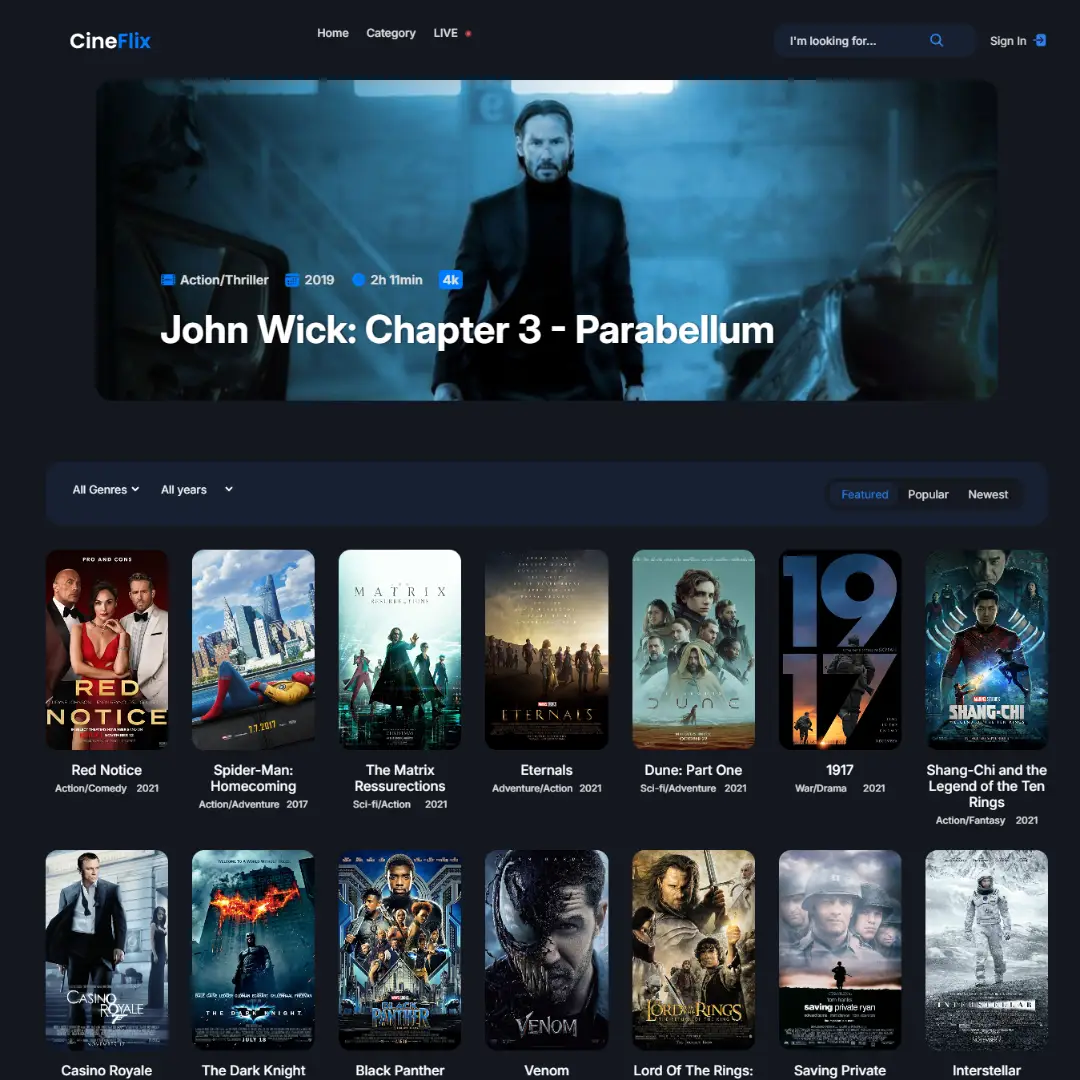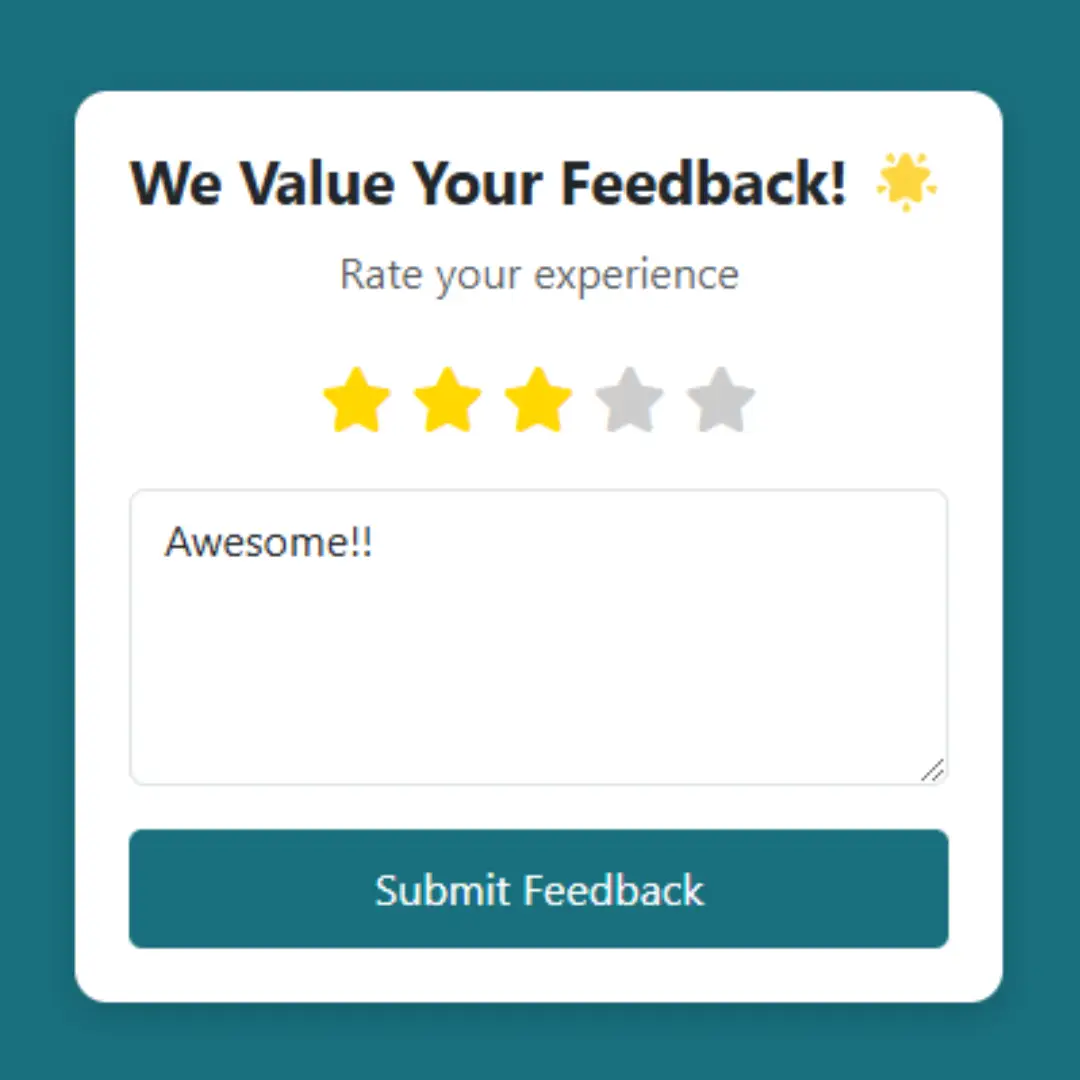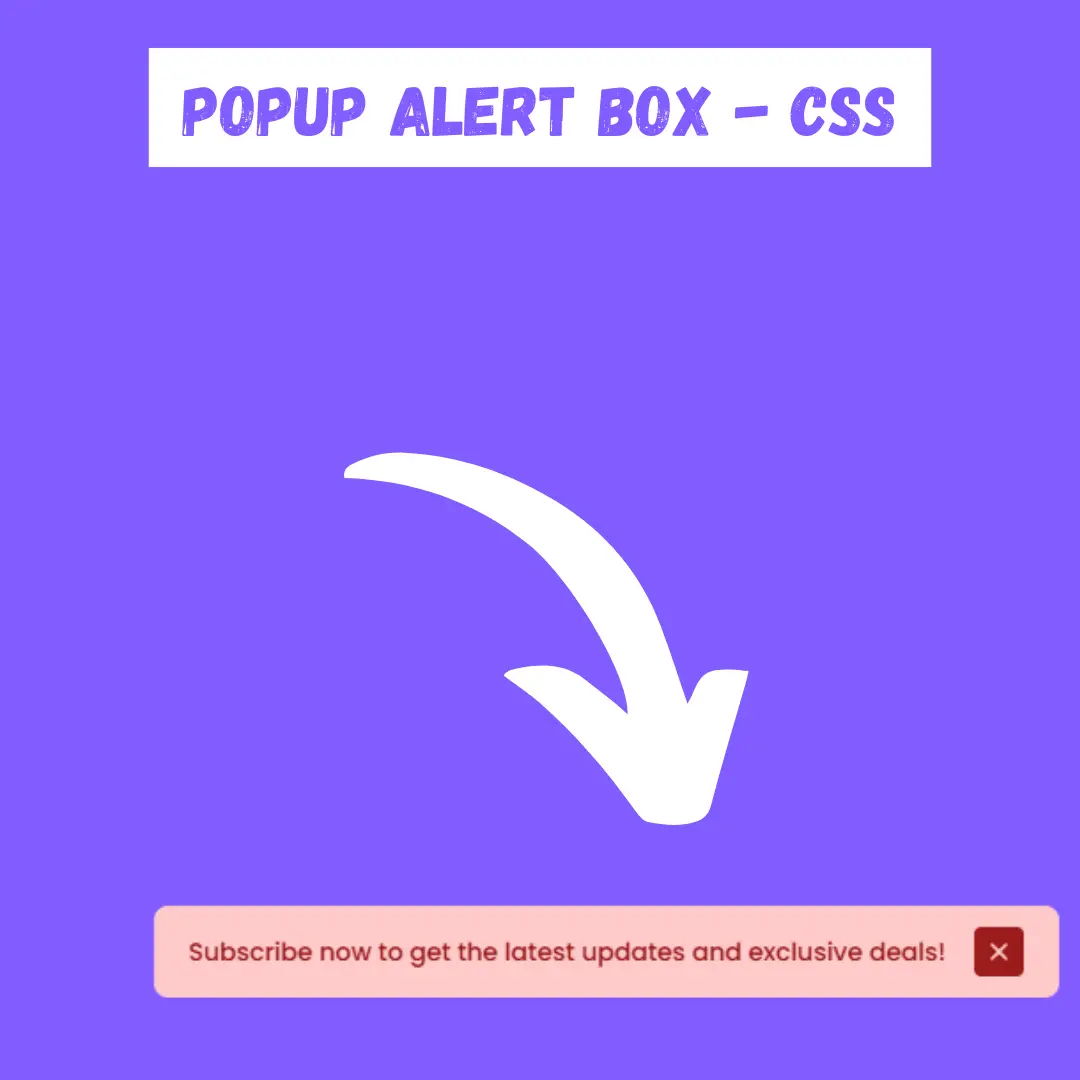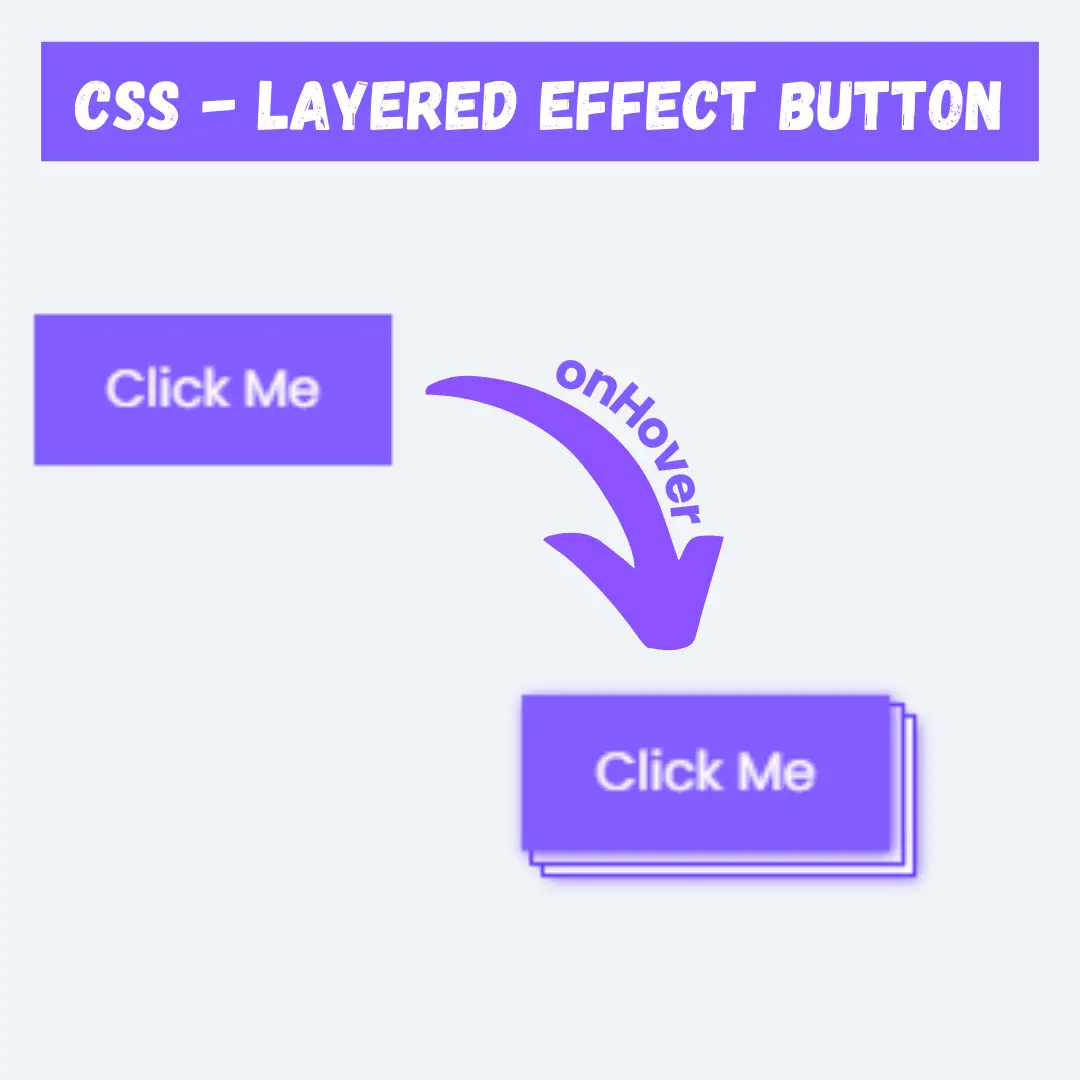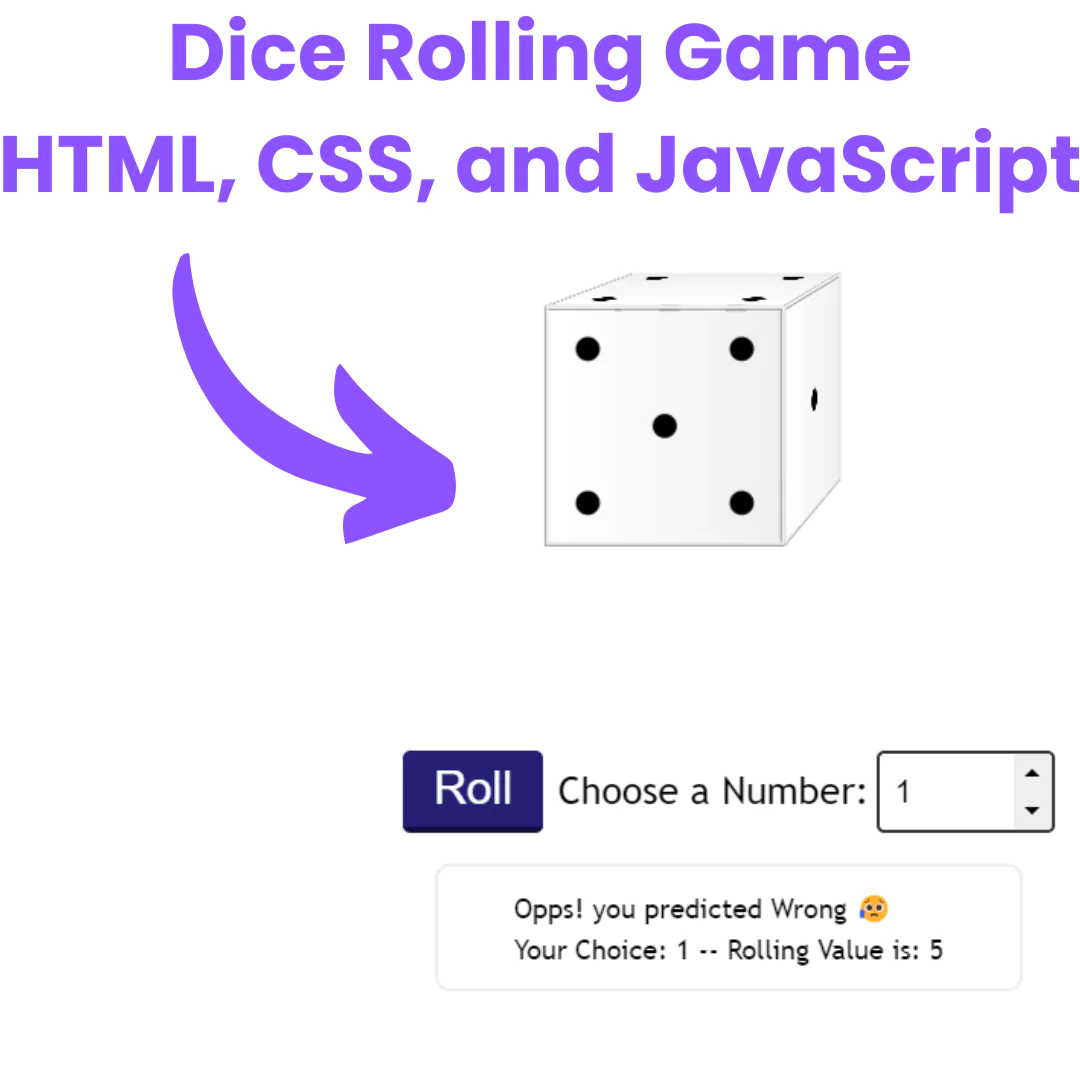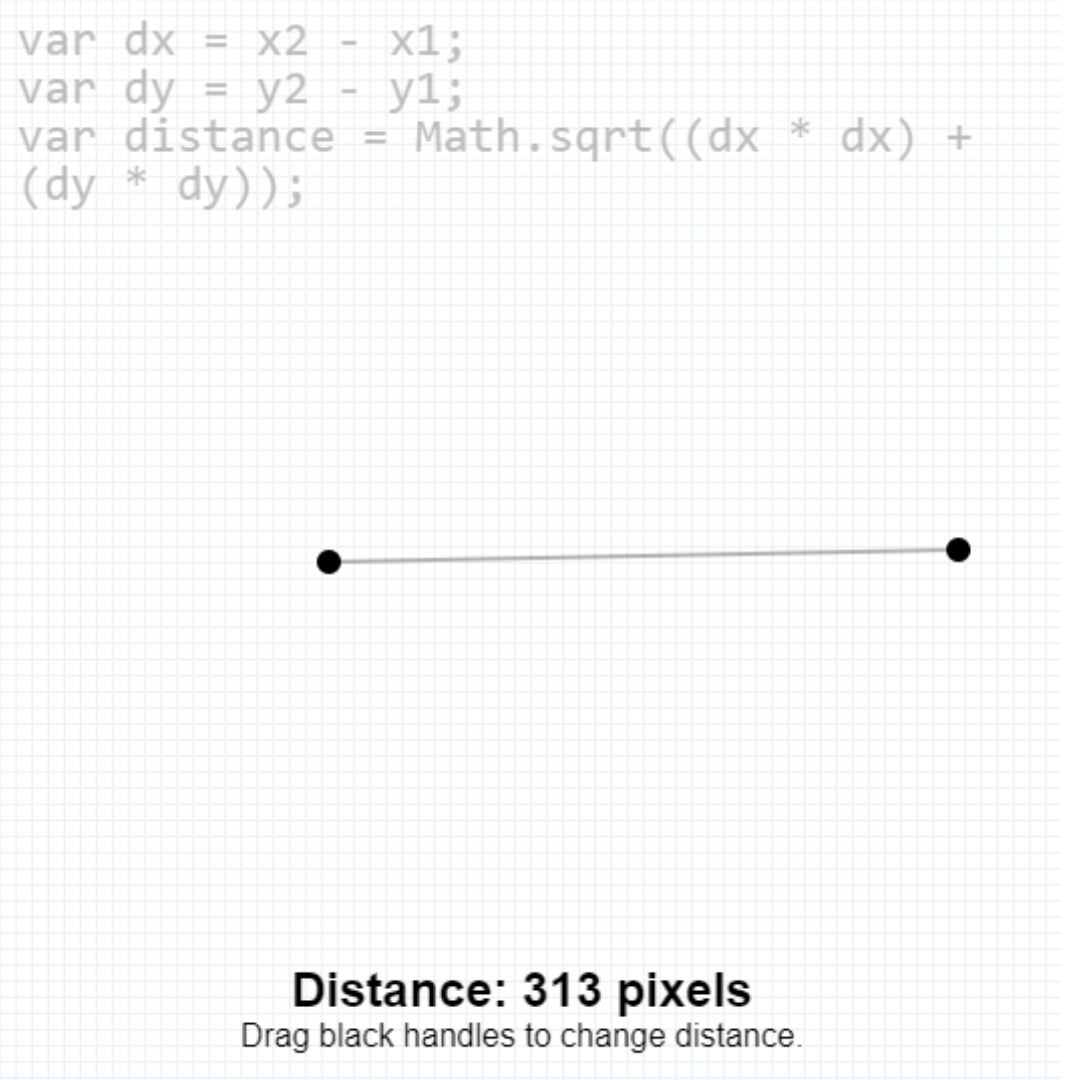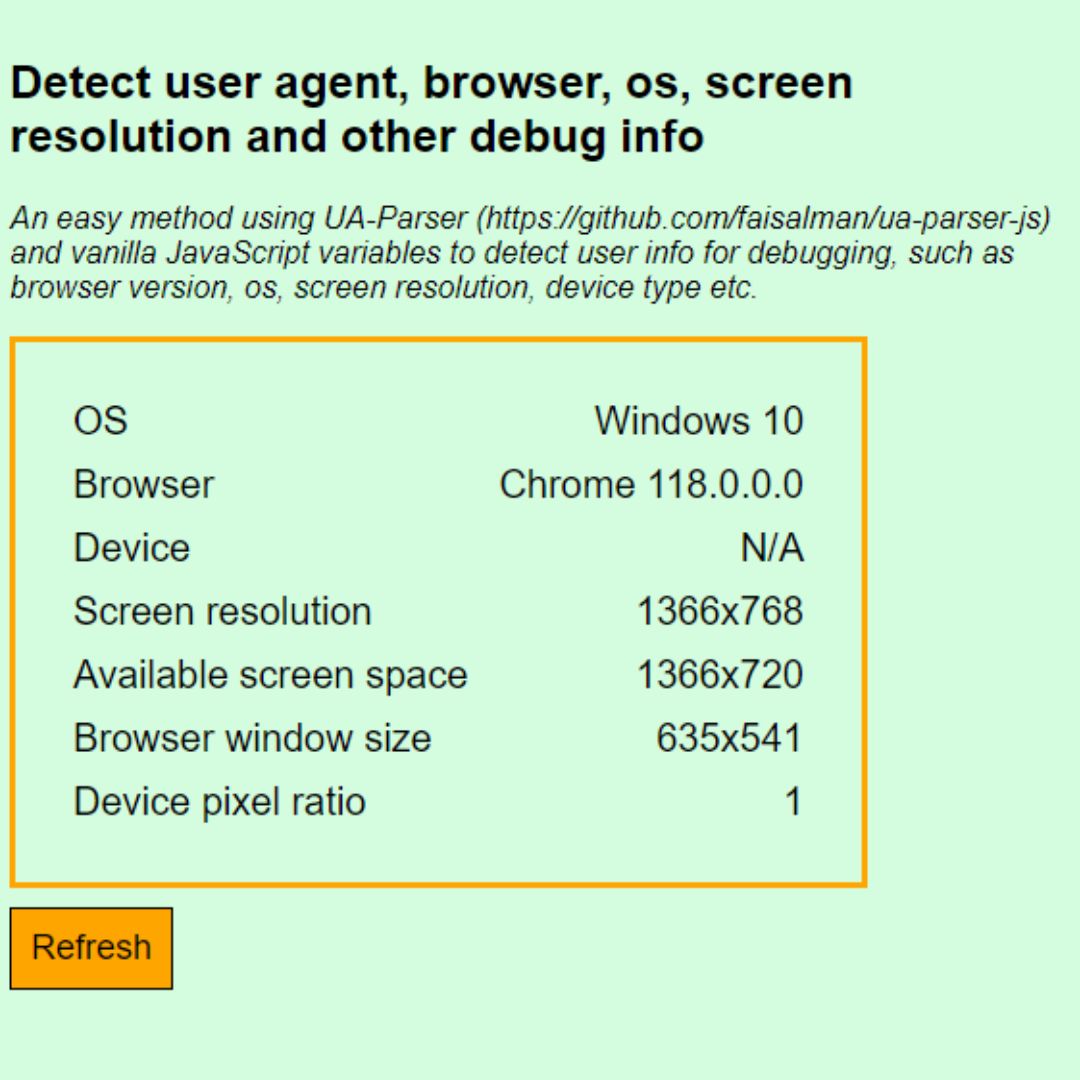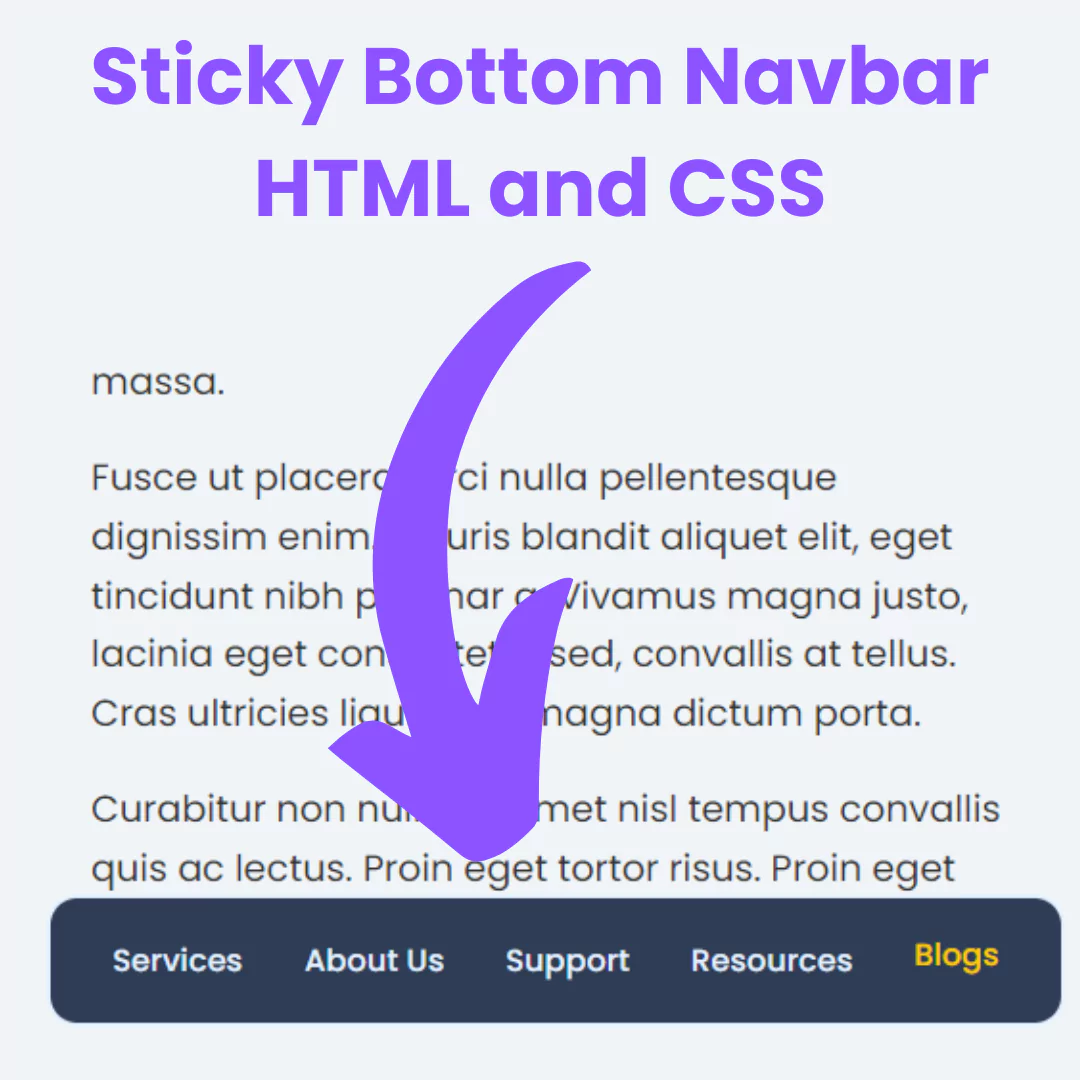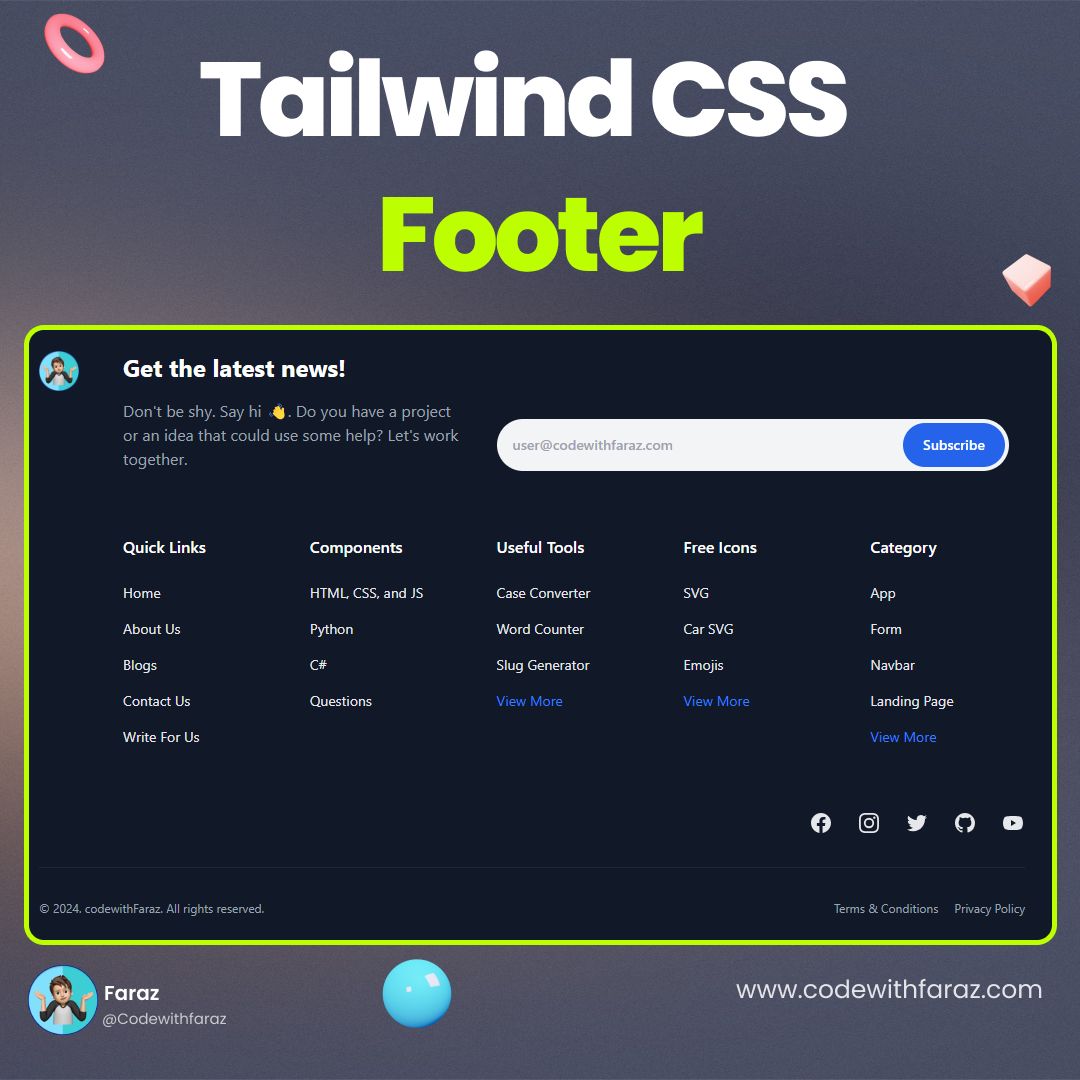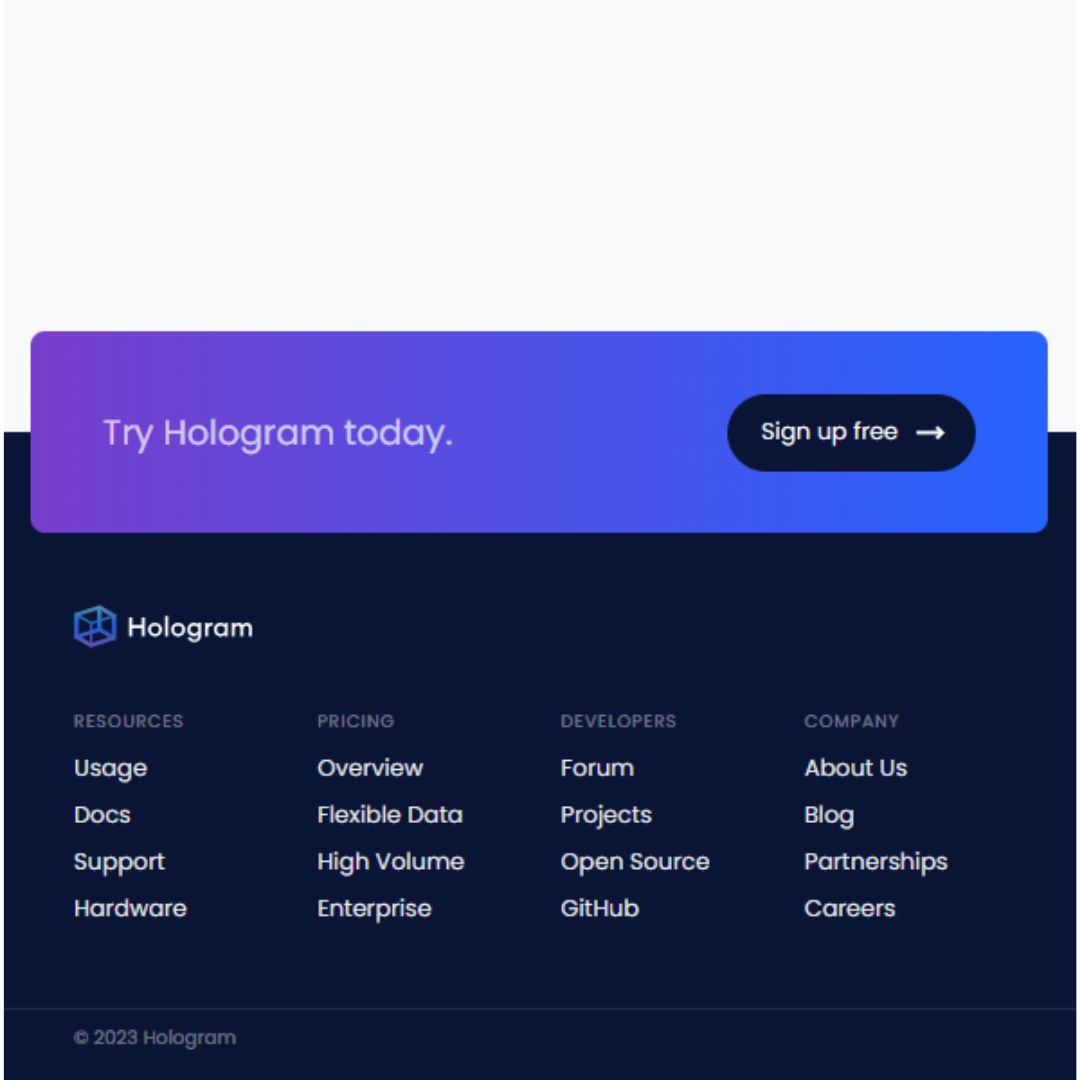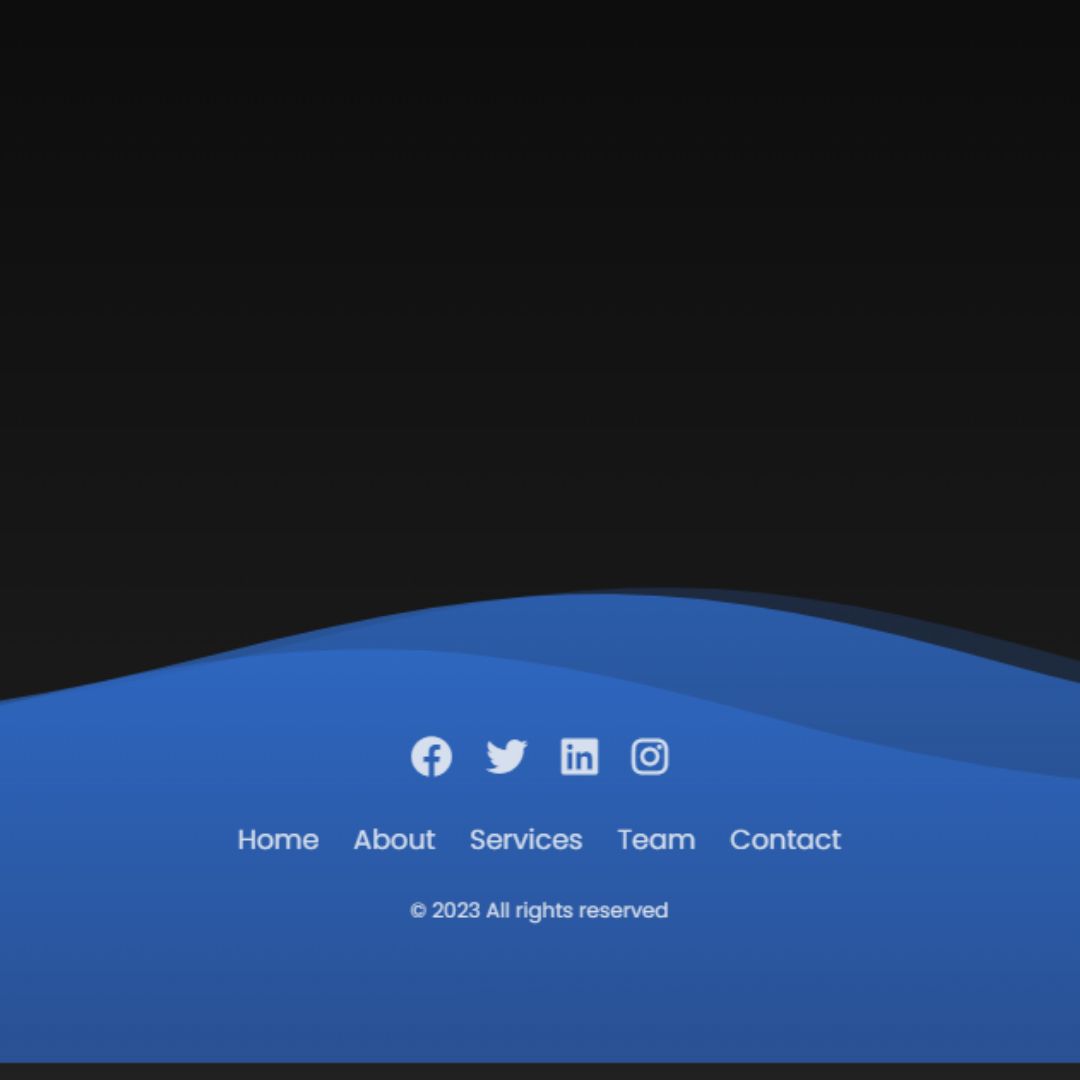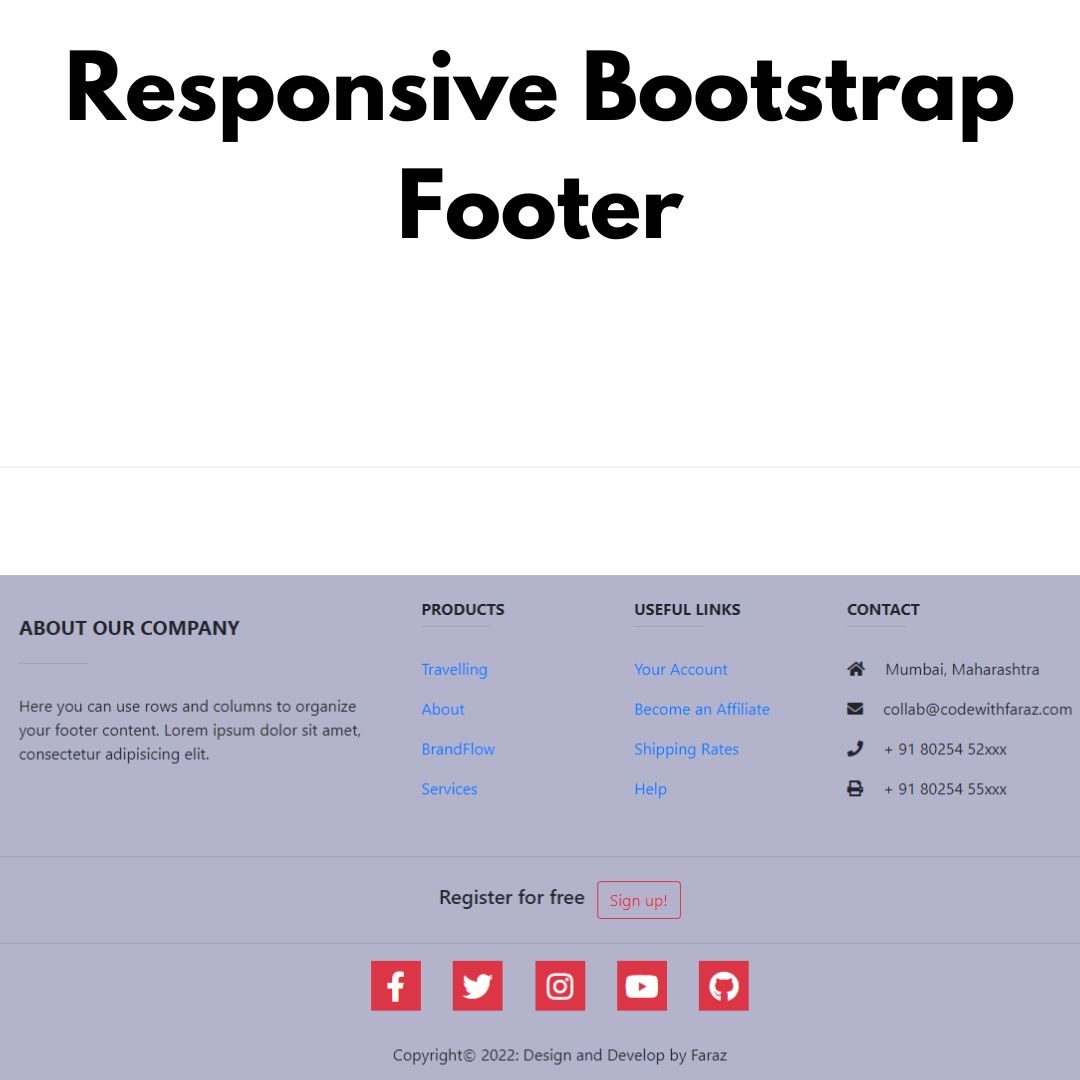Learn the steps you need to take to become a backend developer, including building a strong foundation in computer science and programming, gaining practical experience, and staying up to date with industry trends. Find out how to break into the field and start a fulfilling career in backend development.

Backend development, also known as server-side development, involves the development of the infrastructure and systems that power the frontend, or client-side, of a website or application. This includes the servers, databases, and APIs (Application Programming Interfaces) that support the functionality of the frontend.
As a backend developer, you'll be responsible for implementing and maintaining the technical infrastructure of a website or application, as well as integrating the frontend with the backend to ensure smooth and seamless functionality. It's a challenging and rewarding career that requires a strong foundation in computer science and programming, as well as practical experience and a solid understanding of backend technologies.
If you're interested in pursuing a career in backend development but aren't sure where to start, don't worry! In this guide, we'll outline the steps you need to take to break into the field and start a fulfilling career. We'll cover topics such as building a strong foundation in computer science and programming, gaining practical experience, familiarizing yourself with backend technologies and frameworks, and networking and seeking out job opportunities. By the end of this guide, you'll have a clear roadmap for breaking into the world of backend development and launching your career.
What is Backend Development
Backend development, also known as server-side development, involves the development of the infrastructure and systems that power the frontend, or client-side, of a website or application. This includes the servers, databases, and APIs (Application Programming Interfaces) that support the functionality of the frontend.
Backend developers are responsible for implementing and maintaining the technical infrastructure of a website or application, as well as integrating the frontend with the backend to ensure smooth and seamless functionality. They work with a variety of technologies, including server-side languages such as PHP, Ruby, and Python, and databases such as MySQL and MongoDB.
The role of a backend developer is crucial in the development of any web-based application or system, as they ensure that the infrastructure is stable, scalable, and secure.
Breaking into any new field can be intimidating, but with the right knowledge and approach, it's entirely possible to begin a rewarding career in backend development. Here's a step-by-step guide on how to break into the world of backend development.
- Build a strong foundation in computer science and programming concepts.
- Gain practical experience through personal projects and internships.
- Familiarize yourself with backend technologies and frameworks.
- Learn about database design and management.
- Network and seek out job opportunities.
- Consider earning a certification or advanced degree.
- Stay up to date with industry trends and developments.
- Don't be afraid to ask for help or seek guidance.
Before diving into backend development, it's essential to have a strong foundation in computer science and programming. Some key concepts to master include data structures, algorithms, and computer architecture. It's also essential to have a good understanding of at least one programming language, such as Python or Java. If you're just starting out and need to build these foundational skills, consider taking an online course or earning a degree in computer science.
While theoretical knowledge is important, it's also essential to gain practical experience by building your own projects and applying your skills in the real world. Consider creating a personal website or web application, or contributing to open-source projects to gain hands-on experience. Internships are also a great way to gain practical experience and make industry connections.
There are many different technologies and frameworks used in backend development, such as Node.js, Ruby on Rails, and Django. To break into the field, it's essential to familiarize yourself with several of these technologies and choose one or two to specialize in. Consider learning through online courses or tutorials, or by building projects using these technologies.
Backend developers often work with databases to store and retrieve data for web applications. It's essential to have a good understanding of database design and management to succeed in this field. Consider learning about SQL and NoSQL databases, and practice designing and querying databases through personal projects or online courses.
Networking is crucial in any industry, and the field of backend development is no exception. Consider attending industry events, joining online communities, and reaching out to professionals in the field to make connections and learn about job opportunities. You should also regularly check job boards and apply for positions that align with your skills and experience.
While not required, earning a certification or advanced degree in a related field can give you an edge in the job market and demonstrate your commitment to your career. Consider earning a degree in computer science or a related field, or pursuing a certification in a specific backend technology, such as the Certified PHP Developer or the Oracle Certified Professional, MySQL Developer.
The field of backend development is constantly evolving, and it's essential to stay up to date with the latest technologies and best practices. Consider subscribing to industry publications and blogs, joining online communities, and attending conferences and workshops to stay informed and continue learning.
Breaking into a new field can be overwhelming, and it's natural to have questions or need help along the way. Don't be afraid to reach out to professionals in the field or join online communities to ask for advice or guidance. Chances are, others have been in your shoes and can provide valuable insights and support.
Programming languages that can be used for backend development
There are many programming languages that can be used for backend development, including:
- PHP (Hypertext Preprocessor) is a popular server-side scripting language that is widely used for web development. It is easy to learn and has a large community of developers, making it a good choice for beginners.
- Ruby is a dynamically-typed, object-oriented programming language that is often used for web development and scripting. It is known for its simplicity and readability, making it a good choice for those new to programming.
- Python is a popular, high-level programming language that is widely used for web development, scientific computing, and data analysis. It is known for its simplicity and ease of use, making it a good choice for beginners.
- Java is a popular, general-purpose programming language that is widely used for building large-scale applications. It is known for its portability and scalability, making it a good choice for enterprise-level projects.
- C# (C Sharp) is a popular, object-oriented programming language that is commonly used for building Windows-based applications. It is a powerful language with a large standard library, making it a good choice for a wide range of projects.
- C++ is a high-performance programming language that is commonly used for building operating systems, web browsers, and other system-level software. It is a complex language with a steep learning curve, but it is known for its efficiency and flexibility.
- Go (also known as Golang) is a modern, statically-typed programming language that is designed for simplicity, concurrency, and performance. It is a good choice for building large-scale, distributed systems.
- Swift is a popular, open-source programming language that is commonly used for building iOS and macOS applications. It is known for its safety and simplicity, making it a good choice for those new to programming.
- Kotlin is a statically-typed programming language that is fully interoperable with Java. It is a concise and expressive language that is becoming increasingly popular for Android development.
- Scala is a modern, functional programming language that is known for its concurrency support and strong static typing. It is often used for building large-scale, distributed systems.
Which language a backend developer chooses to use depends on the specific requirements of the project, as well as the developer's personal preferences and experience. Some languages, such as Java and C#, are general-purpose and can be used for a wide range of projects. Others, like PHP and Ruby, are more specialized and are commonly used for web development.
Conclusion
In conclusion, breaking into the world of backend development takes dedication and hard work, but it can lead to a fulfilling and rewarding career. By building a strong foundation in computer science and programming, gaining practical experience, and staying up to date with industry trends, you can set yourself up for success in this exciting field. Don't be afraid to ask for help or seek guidance along the way, and remember to network and seek out job opportunities to get your foot in the door. With the right approach and perseverance, you can break into the world of backend development and start a rewarding career.
That’s a wrap!
Thank you for taking the time to read this article! I hope you found it informative and enjoyable. If you did, please consider sharing it with your friends and followers. Your support helps me continue creating content like this.
Stay updated with our latest content by signing up for our email newsletter! Be the first to know about new articles and exciting updates directly in your inbox. Don't miss out—subscribe today!
If you'd like to support my work directly, you can buy me a coffee . Your generosity is greatly appreciated and helps me keep bringing you high-quality articles.
Thanks!
Faraz 😊





